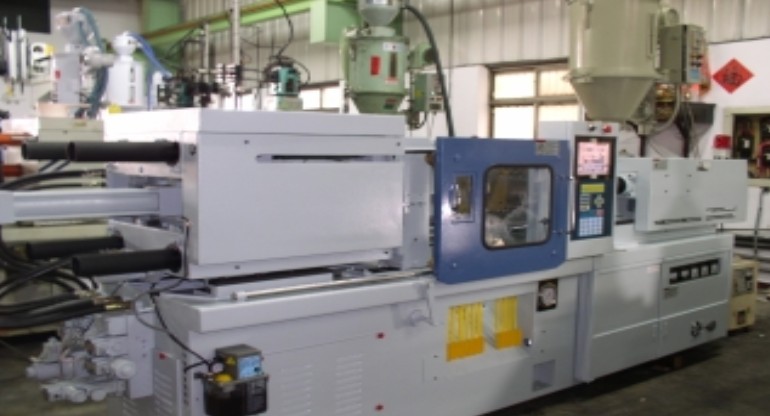Injection molding is a method to obtain molded products by injecting plastic materials molten by heat into a mold, and then cooling and solidifying them.
The method is suitable for the mass production of products with complicated shapes, and takes a large part in the area of plastic processing.
Molding Development Process
Mold fixture cost is often the biggest cost of product development, and we offer a variety of mold manufacturing services. We Assess the needs of mold development, Such as: mold type, precision product requirements, time requirements, etc., as a benchmark for valuation.
Injection Molding Process
The plastic injection molding process is a manufacturing method for producing custom plastic parts. The service takes place at injection molding companies often referred to as a custom molder. Before the process begins, an experienced mold maker must construct a mold or tool in order to produce a part.
The construction of the mold will include 2 halves and contain all the geometry and features that make up the part specifications.
Once the mold is constructed, it is then loaded into an injection molding machine where the process begins. A hopper is use to hold and feed plastic virgin material into the barrel of the machine, where it becomes molten. From here, a reciprocating screw will continue to feed and mix the proper amount of material.
After this, the screw will ram inject the material into the mold cavity. Once the material enters the mold, it begins to cool and harden to conform to the geometry of the mold. After the material cools, it is safe to remove the part from the mold, and this completes the cycle.
The injection molding cycle is as follows:
- Material Enters Barrel
- Material melts and mixes
- Volume of material (Shot sizes in barrel is created)
- Mold closes
- Injection of the plastic into the mold cavity
- Molten material cooled (during this process steps 1-3 are preparing for next cycle)
- Mold Opens
- Part Ejects
- Jump to step 4
Get more info Plastic Injection
Contact us
